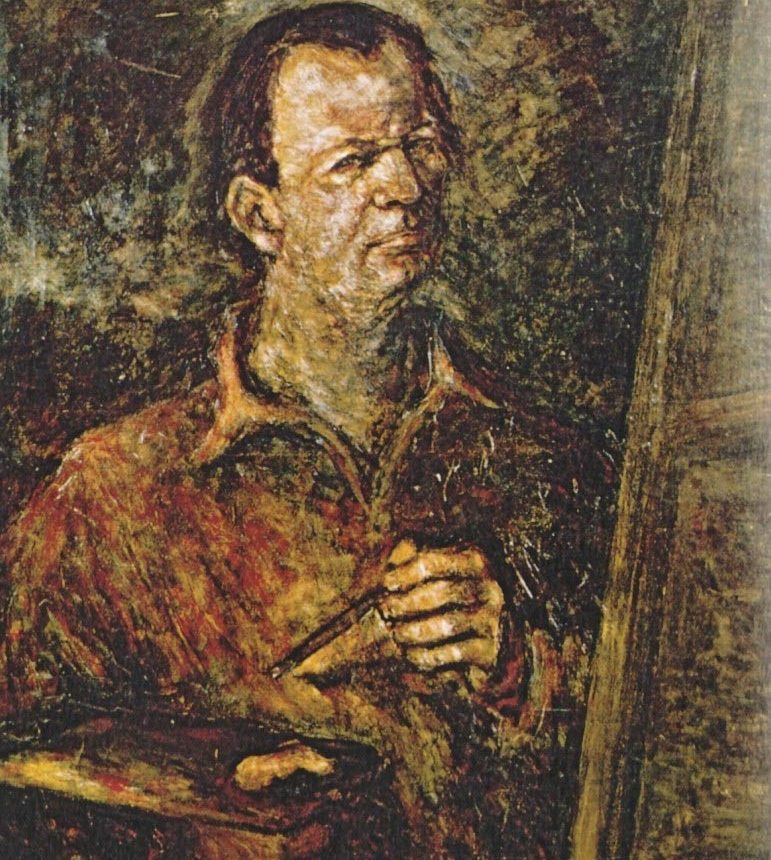Michel FINK
January 2, 2019Otto FREUNDLICH
January 2, 2019Alexandre FRENEL (born Isaac Frenkel)
ODESSA (UKRAINE) 1899 – TEL-AVIV 1981
Alexandre Frenel was born in Odessa in 1899, where he studied at the Academy of Arts under the painter Alexandra Ekster. He emmigrated to Palestine in 1919 and moved to Paris a year later. There, he studied at the Ecole des Beaux-Arts and at the Académie de la Grande Chaumiere. He also studied sculpture with Bourdelle and painting at Matisse’s studio. Alexandre Frenel spent time at La Ruche with the painters of Montparnasse. He exhibited at the Salon des Indépendants alongside other artists of his time, such as Soutine. They were both noticed by art critic Waldermar George. In 1924, the Dutch painter Piet Mondrian acquired two of his abstract paintings.
He returned to Palestine in 1925, where he revolutionized painting. In Tel Aviv, he opened the first studio of modern art, where many great Israeli artists studied. In 1949, together with other artists, he funded an important artists’ colony in Safed. A year later, he was the first painter chosen by the State of Israel to represent the Jewish state at the Venice Biennale. In 1979, before his eightieth birthday, a retrospective was held in his honor in Paris at the Orangerie du Sénat, inaugurated by the President of the Senate, Alain Poher. Alexandre Frenel spent his time between Paris and Israel. He died in Tel Aviv in 1981 and is buried in Safed.
Stories of Jewish Artists of the School of Paris 1905-1939
FRENCH-ENGLISH
Capitale des arts, le Paris des années 1905-1939 attire les artistes du monde entier. De cette période de foisonnement, un terme est resté, celui d'Ecole de Paris, qui recouvre une grande diversité d'expression artistique. Dans ce brassage dont Montparnasse est le creuset, un groupe se distingue : celui des artistes juifs venus de Russie, de Pologne et d'Europe centrale. Si leurs styles sont variés, un destin commun les rassemble : ils fuient l'antisémitisme de leur pays d'origine. Certains ont connu la célébrité dès les années 1920, tels Soutine, Lipchitz ou Chagall. D'autres n'ont pas eu le temps ou la chance d'y accéder. Près de la moitié a péri dans les camps de concentration nazis.
From 1905 to 1939, Paris attracted artists from all over the globe as the capital of the art world. This period of artistic proliferation became known as the School of Paris, and includes a great diversity of artistic expression. Within the teeming art world centred on Montparnasse, one group set itself apart: Jewish artists from Russia, Poland, and Central Europe. Although their styles were diverse, they shared the common fate of fleeing anti-Semitic persecutions in their home countries. Some became famous in the 1920s, such as Soutine, Lipchitz, and Chagall, while others did not have the time or the luck to gain renown. Nearly half of these artists died in Nazi concentration camps.





